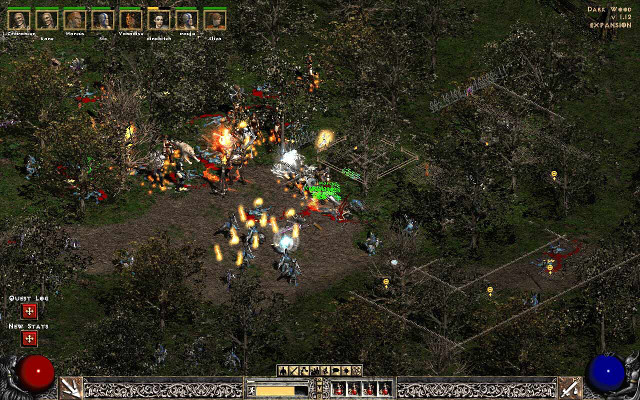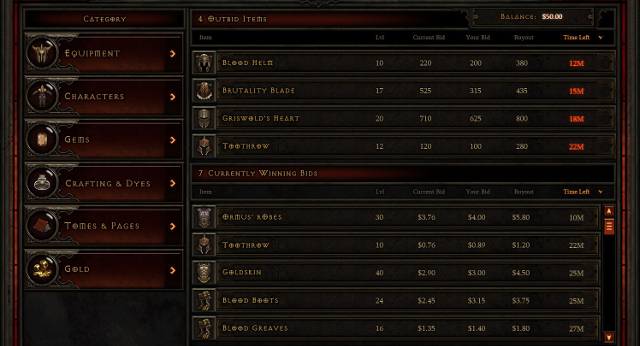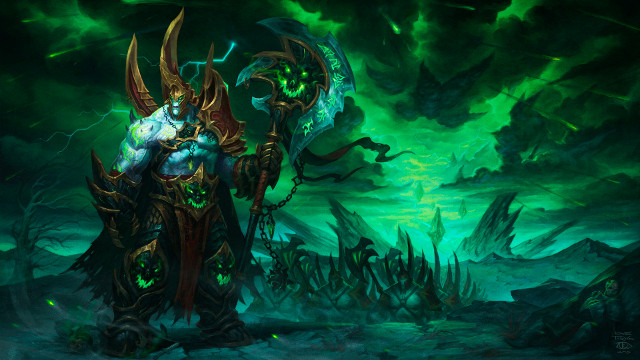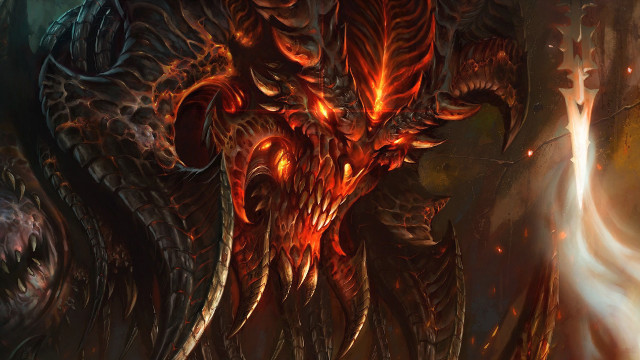Diablo 4 was rumored to be at BlizzCon 2016 last week. Just about everyone was expecting it, so when Blizzard concluded its opening ceremony without a mention, it was natural that many were upset.
Instead, Blizzard announced a new dungeon coming to Diablo 3 that will be created in the spirit of the original Diablo, all in an effort to celebrate the series' 20 years of history. Next year the fan favorite Necromancer will be added to the game, providing a new way to enjoy the already existing experience. Although these two things are appetizing, they are no Diablo 4. So where is it?
Release Timing
Release timing is everything in the gaming industry. Making a good game sometime isn't enough, and instead ensuring the release comes at a time that it will see the highest possible demand is absolutely critical to strong sales.
Looking at release timings in the past, Diablo isn't necessarily due for a release in the imminent future. Let's look at each game:
- Diablo – 1996
- Diablo: Hellfire – 1997
- Diablo 2 – 2000
- Diablo 3 – 2012
- Diablo 3: Reaper of Souls – 2014

The conclusion that we come to depends on what you think of the 12 year gap between Diablo 2 and Diablo 3. Without it, we should have seen Diablo 4 release this year.
Realistically speaking, given the tremendous increase in project length and costs with modern development, a four or even five year gap between Diablo 3 and Diablo 4 doesn't make sense. Also, you have to consider that for a couple years following Diablo 3's release Blizzard had to spend a lot of time changing things about the game to make it more favorable, such as the removal of the auction house, and designing a proper legendary system. There were also the console debuts of the title on PS4 and Xbox One, which were ambitious and time-consuming.
These things required thousands of hours of work and at this point Blizzard is likely much more content with riding Diablo 3 out for as long as it can before it reboots the franchise.
Profitability
You would think that Diablo 3 has been a financial smash hit for Blizzard considering it's sold more than 30 million copies. Under normal circumstances it would be considered one of the greatest success stories of its time, but this is Blizzard we're talking about. This is a company that has World of Warcraft, Overwatch, and Hearthstone, all of which have incredibly effective means of monetization that bring in an incredible amount of revenue after the point of purchase.
The truth is that Diablo 3 has been one of Blizzard's least financially profitable projects, only surpassed by StarCraft 2. This directly corresponds to its buy to play nature, with no microtransactions.

Originally, Diablo 3 utilized a cash-centric auction house which took a small cut out of every transaction. It was a great thing for Blizzard's bank account, but an overwhelming majority of the player-base hated it. It would be shut down two years after the game's release, bringing the end to a controversial but highly profitable era.
At this point Blizzard has some tough design decisions to make. Diablo doesn't lend itself well to microtransactions, and chances are that it's working internally to find a solution. Whatever it delivers will need to be carefully tested to avoid another auction house disaster.
Distractions
Although Blizzard has multiple divisions that handle each property, it regularly shifts around resources as needed to complete a project. Without a doubt the most urgent element of its current strategy is finding a way to grow World of Warcraft, reversing what appears to be a slow but sure downtrend. The sense of urgency stems from how much the game makes, and its ability to keep players invested in the Battle.net ecosystem.
World of Warcraft: Legion has been a smash success so far, bolstered by the early arrival of the v7.1 update. To accomplish this, it needed a wealth of resources. Employees were pulled from other projects to work on the expansion in addition to its first major update. The team is working tirelessly to finally achieve its goal of providing substantial content on a regular basis. It's something that has never been executed perfectly by an MMORPG team before, and Blizzard knows that if it can do it right, it'll reap insurmountable rewards.
 World of Warcraft: Legion is a priority for Blizzard right now.
World of Warcraft: Legion is a priority for Blizzard right now.In addition, Overwatch is a healthy game that enjoys popular play with both casuals and professionals. Blizzard is investing itself heavily on maintaining momentum with the title, having just announced its own professional league for the first time ever. As with World of Warcraft: Legion, these are things that take time to put together, and distract from creation of new releases.
With all this in mind, it's understandable that a huge, ambitious project like a Diablo 4 would be pushed to the wayside, or at least for the time being.
Conclusion
Diablo 4 will come. What it will do to improve upon Diablo 3 and reinvigorate passion for the franchise is yet to be determined. What we do know is that whatever it is, people want it now more than ever, and sadly we may be waiting until at least a year from now until we ever see it.







